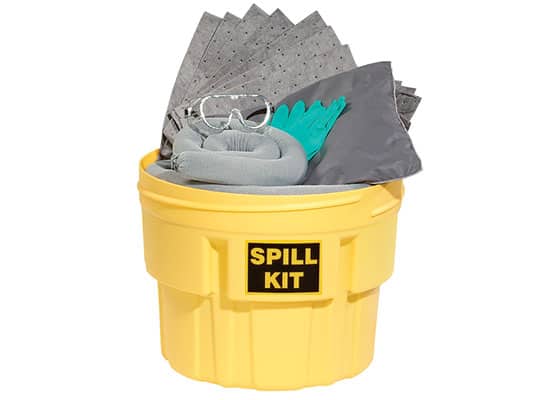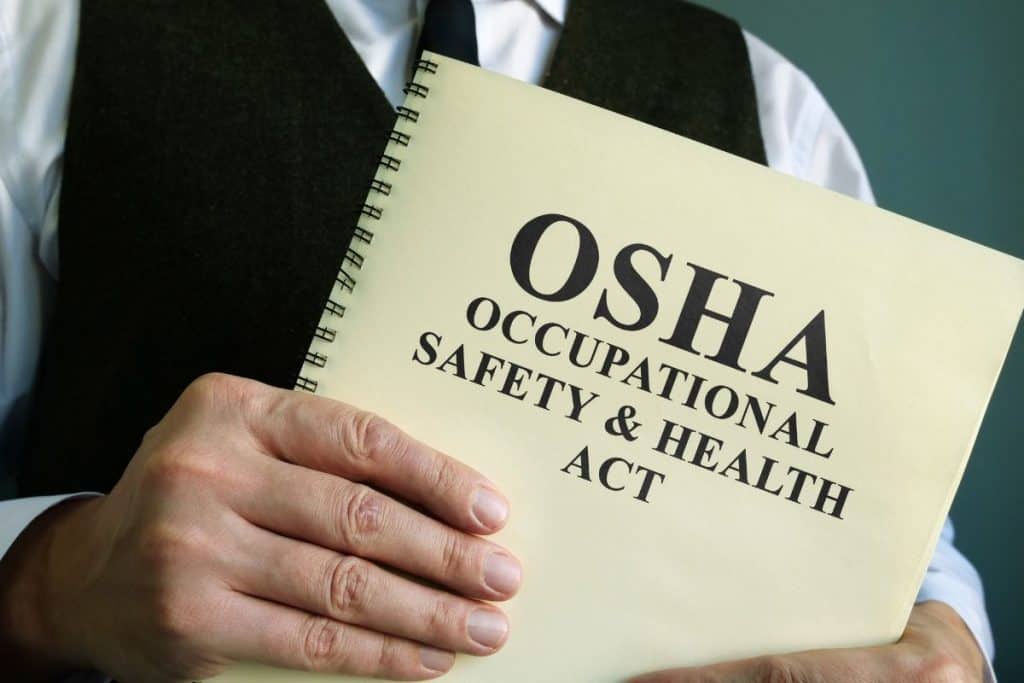Handling chemicals in the workplace is a serious responsibility. One of the most dangerous chemicals often encountered in various industries is nitric acid. Without proper training, employees may not know how to respond to a spill, which can lead to severe injuries and costly damages. This article will explore the importance of training employees on nitric acid spill response and provide essential guidelines for a safer workplace.
What is Nitric Acid?
Nitric acid is a highly corrosive and toxic chemical commonly used in manufacturing processes, including fertilizer production, explosives, and metal etching. It is a colorless or yellowish liquid with a pungent odor and can cause severe burns on contact with skin or eyes. Inhaling its fumes can lead to respiratory problems, and prolonged exposure can be fatal.

Why is Nitric Acid Spill Response Training Important?
Ensuring Employee Safety
The primary reason for nitric acid spill response training is to ensure employee safety. Employees who are unaware of the proper procedures for handling a spill may panic or take incorrect actions, leading to severe injuries. Training provides them with the knowledge and confidence to respond correctly and minimize risks.
Preventing Environmental Damage
Nitric acid spills can have devastating effects on the environment. The chemical can contaminate soil and water sources, posing a threat to wildlife and human health. Proper training equips employees with the skills to contain and neutralize spills quickly, reducing environmental impact.
Reducing Financial Losses
Spills can lead to significant financial losses due to damaged equipment, production downtime, and potential fines from regulatory bodies. By training employees on nitric acid spill response, companies can minimize these costs and maintain smooth operations.
Key Components of Effective Nitric Acid Spill Response Training
Understanding the Properties of Nitric Acid
Employees should be educated on the properties and hazards of nitric acid. This includes its physical and chemical characteristics, potential health effects, and the risks associated with improper handling.
Personal Protective Equipment (PPE)
Proper use of personal protective equipment (PPE) is crucial in responding to a nitric acid spill. Training should cover the types of PPE required, such as gloves, goggles, face shields, and chemical-resistant clothing, and how to use them correctly.
Spill Containment and Neutralization
Employees must learn how to contain and neutralize a nitric acid spill. This involves using appropriate materials, such as absorbent pads, neutralizing agents, and spill containment kits. Training should include hands-on practice to ensure employees are comfortable and proficient in these procedures.
Emergency Procedures and Communication
In the event of a spill, clear communication and prompt action are vital. Employees should be trained on emergency procedures, including how to alert coworkers, evacuate the area if necessary, and contact emergency response teams. Regular drills and simulations can help reinforce these protocols and ensure everyone knows their role in an emergency.
Legal and Regulatory Requirements

OSHA Regulations
The Occupational Safety and Health Administration (OSHA) sets strict guidelines for handling hazardous chemicals, including nitric acid. Employers are required to provide adequate training to ensure employees can safely handle and respond to spills. Failure to comply with these regulations can result in hefty fines and legal repercussions.
Environmental Protection Agency (EPA) Guidelines
The Environmental Protection Agency (EPA) also has regulations in place to prevent chemical spills and protect the environment. Companies must adhere to these guidelines and ensure their employees are trained to mitigate the impact of spills on the environment.
Implementing an Effective Training Program
Assessing Training Needs
Before developing a training program, it’s essential to assess the specific needs of your workplace. Consider the types of chemicals used, the potential risks, and the current knowledge level of your employees. This will help tailor the training to address the unique challenges of your workplace.
Developing Comprehensive Training Materials
Create detailed training materials that cover all aspects of nitric acid spill response. This should include written guidelines, instructional videos, and hands-on practice sessions. Ensure the materials are easy to understand and accessible to all employees.
Regular Training and Refreshers
Training should not be a one-time event. Regular refresher courses and drills are necessary to keep employees up to date with the latest safety protocols and reinforce their knowledge. Consider scheduling annual training sessions and incorporating spill response drills into your regular safety meetings.
Evaluating Training Effectiveness
Assess the effectiveness of your training program by conducting regular evaluations. This can include written tests, practical assessments, and feedback from employees. Use this information to identify areas for improvement and make necessary adjustments to your training program.
Conclusion
Training employees on nitric acid spill response is crucial for ensuring workplace safety, preventing environmental damage, and reducing financial losses. By understanding the properties of nitric acid, using proper PPE, and following established spill containment and emergency procedures, employees can effectively respond to spills and mitigate risks.
Employers must comply with OSHA and EPA regulations and implement comprehensive training programs tailored to their specific needs. Regular training, refreshers, and evaluations will help maintain a safe and compliant workplace.
Investing in nitric acid spill response training is an investment in the safety and well-being of your employees, the environment, and the overall success of your business.
Call to Action: Shop at Absorbents Online
To ensure your workplace is fully prepared for any hazardous material spills, including nitric acid, visit Absorbents Online for a comprehensive selection of spill response products. From absorbent pads to spill containment kits, our high-quality equipment is designed to help you effectively manage spills while keeping your employees and the environment safe. Don’t wait until an incident occurs—stock up on the essential tools you need for a quick and effective response today! Explore our products and invest in safety at Absorbents Online.